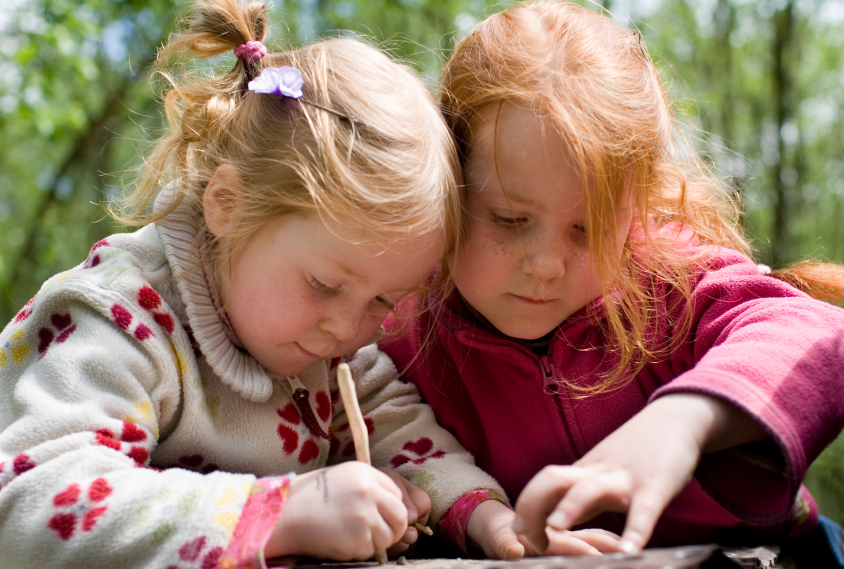 The days are getting longer and whilst the cold persists spring and summer will soon be chasing away the last of the winter weather. With the prospect of warmer, dryer days on the horizon it’s time to start considering more ways to use the outdoors as an engaging educational platform that can enhance and improve the learning experience of pupils.
The days are getting longer and whilst the cold persists spring and summer will soon be chasing away the last of the winter weather. With the prospect of warmer, dryer days on the horizon it’s time to start considering more ways to use the outdoors as an engaging educational platform that can enhance and improve the learning experience of pupils.
It’s nearly impossible to find a school that doesn’t arrange the occasional outdoors lesson and some schools make full use of their outdoor spaces, but many could benefit from more effectively integrating outdoor activities into the work being done in the classroom. It may sound difficult to turn this into a relatively regular experience but teachers don’t have to go miles away to take learning outside, just moving a lesson to the playground or playing field can have a positive effect.
Ofsted have openly encouraged outdoor lessons and activities in the past as the effects on student behaviour and achievement are largely beneficial. Additionally research shows that these benefits are not just seen on the playground, improvement observed in outdoor learning has been shown to boost performance and mood in the classroom. Certainly outdoor learning sessions have been known to improve pupil attendance and attainment.
Learning in this way doesn’t have to cease after primary school either, secondary schools and colleges can still implement an outdoors approach to education. Whilst time constraints may potentially make teachers wary of taking students out of the classroom it can be a great way to keep pupils focused and engaged and creates a stage for them to learn abstract concepts that could otherwise be difficult to visualise.
Outdoor lessons can also provide students who find it more difficult to learn in a conventional classroom with a valuable chance to shine in a more practical environment.
But what exactly does an outdoor lesson need to make it ‘effective’?
First consider that any work done outside of the classroom should still be linked and embedded into the curriculum in some way, and should use a variety of activities to keep students engaged whilst continuing to support what is being learnt. It’s also important that staff are enthusiastic and aware of the importance of outdoor learning. Rather then being seen as a ‘special treat’ or a rare break from the classroom these sessions should be seen as a meaningful part of a students learning process, and letting the students work together can help them develop important social and teamwork skills.
For younger pupils relevant games and activities can help them to learn by incorporating and using skills actively, whilst older students may take the time to learn more independently and to use their own initiative to complete a goal or to reach the lessons aim.
Most teachers can recognise why certain subjects are better suited for the outdoors (Science, Art and Geography to name three) and indeed some subjects may even lose something without the benefit of outdoor practicals, but other subjects such as English or Maths can translate just as well to being taught outside.
A range of materials and pre-made lesson plans for outdoor learning exist and can be found with a simple online search, as well as a multitude of sources of information on the subject. There are even training courses available that allow teachers to learn how to utilise outdoor areas as an educational tool. There is a mass of information helping direct towards better, safer outdoors education, so if you’re unsure where to start there’s plenty of help to be found.
If nothing else, learning outdoors gives you a chance to get students out from behind their desks and into the sunshine.
The Editor
SMT Magazine
Please submit your comments below.
Do you have something to say about this or any other school management issue which you'd like to share? Then write for us!






